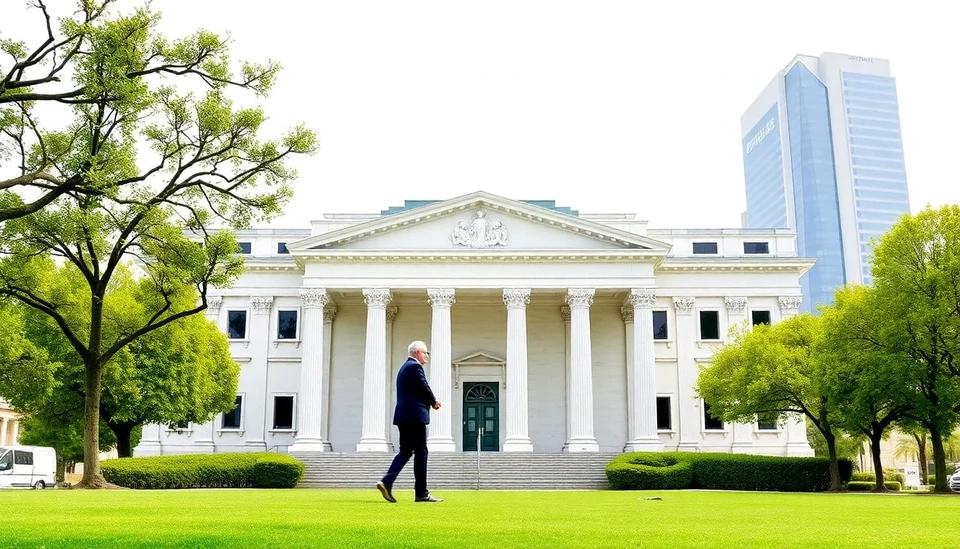
In a significant monetary policy shift, the Reserve Bank of Australia (RBA) has reduced its key interest rate to 4.1%, marking a pivotal moment in the country's economic landscape. This decision, announced on February 18, 2025, reflects positive developments in inflation, which has moved closer to the RBA's target range.
The backdrop to this decision is the easing inflation pressure which had previously surged to alarming levels, prompting rigorous intervention by the central bank. The move to lower the key rate signals a change in strategy, aimed at supporting economic growth while maintaining price stability as inflation metrics show signs of returning to normalcy.
As Australia emerges from a period of heightened financial uncertainty, RBA officials noted that the current inflation rate aligns closely with their desired benchmarks. This fresh rate cut is not only expected to stimulate borrowing and spending but also to bolster consumer confidence following years of tight monetary conditions.
Market analysts have reacted cautiously yet positively to the announcement, anticipating that the decreased interest rate could invigorate sectors such as housing and retail. Lower borrowing costs often lead to increased consumer spending, which in turn fuels economic expansion. Conversely, concerns remain regarding the potential long-term implications of continued low rates, especially in terms of asset inflation and consumer debt levels.
This rate cut from the RBA complements recent fiscal measures from the Australian government aimed at stimulating investment. Together, these strategies are designed to alleviate economic stress for households and businesses alike, fostering a more resilient economic environment as Australia navigates global uncertainties.
In summary, the RBA's strategic rate cut reflects a proactive approach to harness emerging economic stability. With inflation nearing targeted levels, the central bank is optimistic that this reduction will aid in sustaining momentum. This critical move comes at a time when economic agility is essential, as Australia endeavors to strengthen its recovery trajectory post-pandemic.
In conclusion, the RBA has positioned itself favorably towards future growth by adjusting the interest rate to 4.1%. This pivotal decision is set against a backdrop of improving inflation metrics, and it underscores the central bank's commitment to fostering a sound economic environment for Australian consumers and businesses.
#Australia #RBA #InterestRateCut #EconomicGrowth #Inflation #Finance #CentralBank #MonetaryPolicy #AustralianEconomy
Author: Daniel Foster




